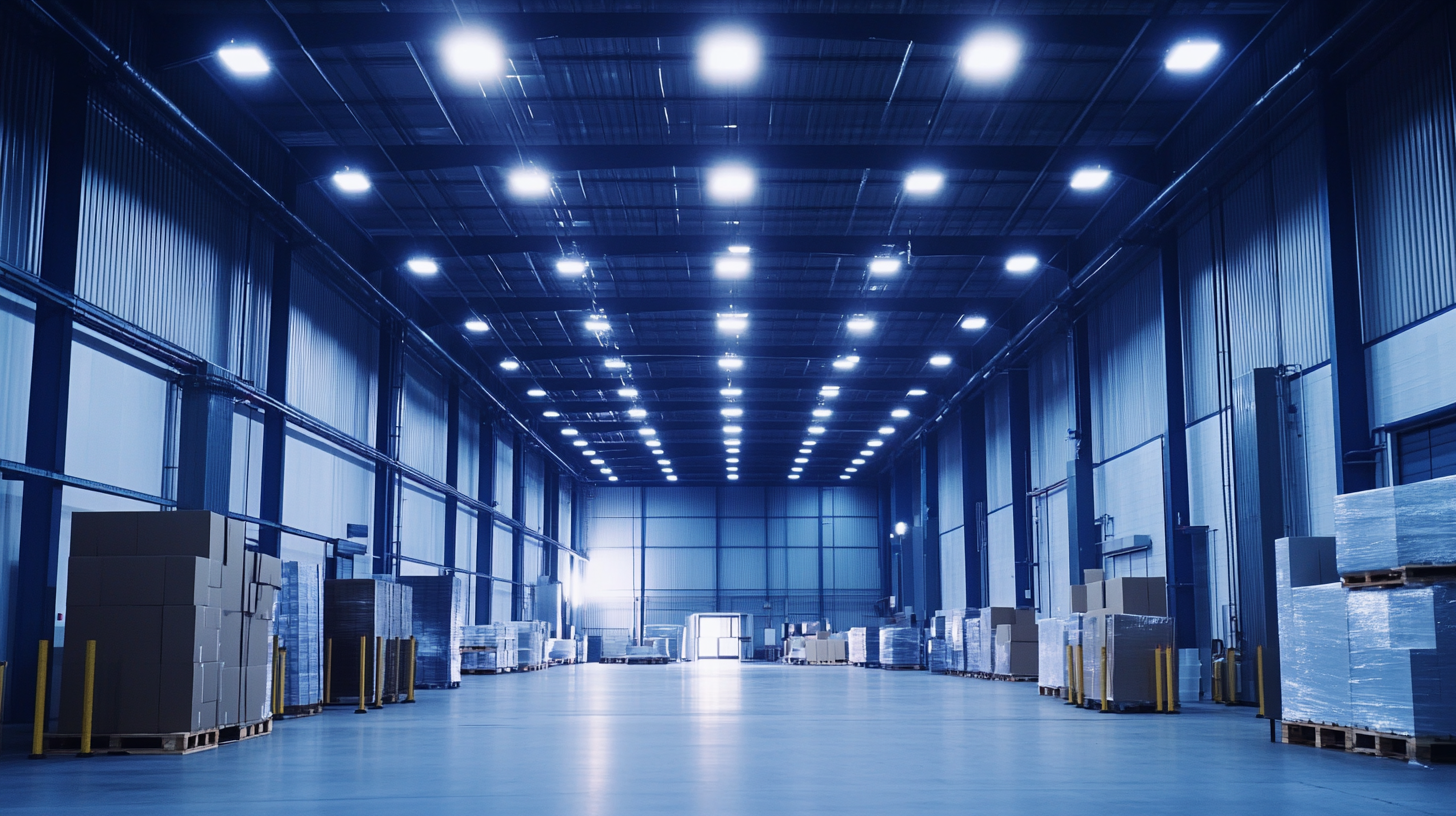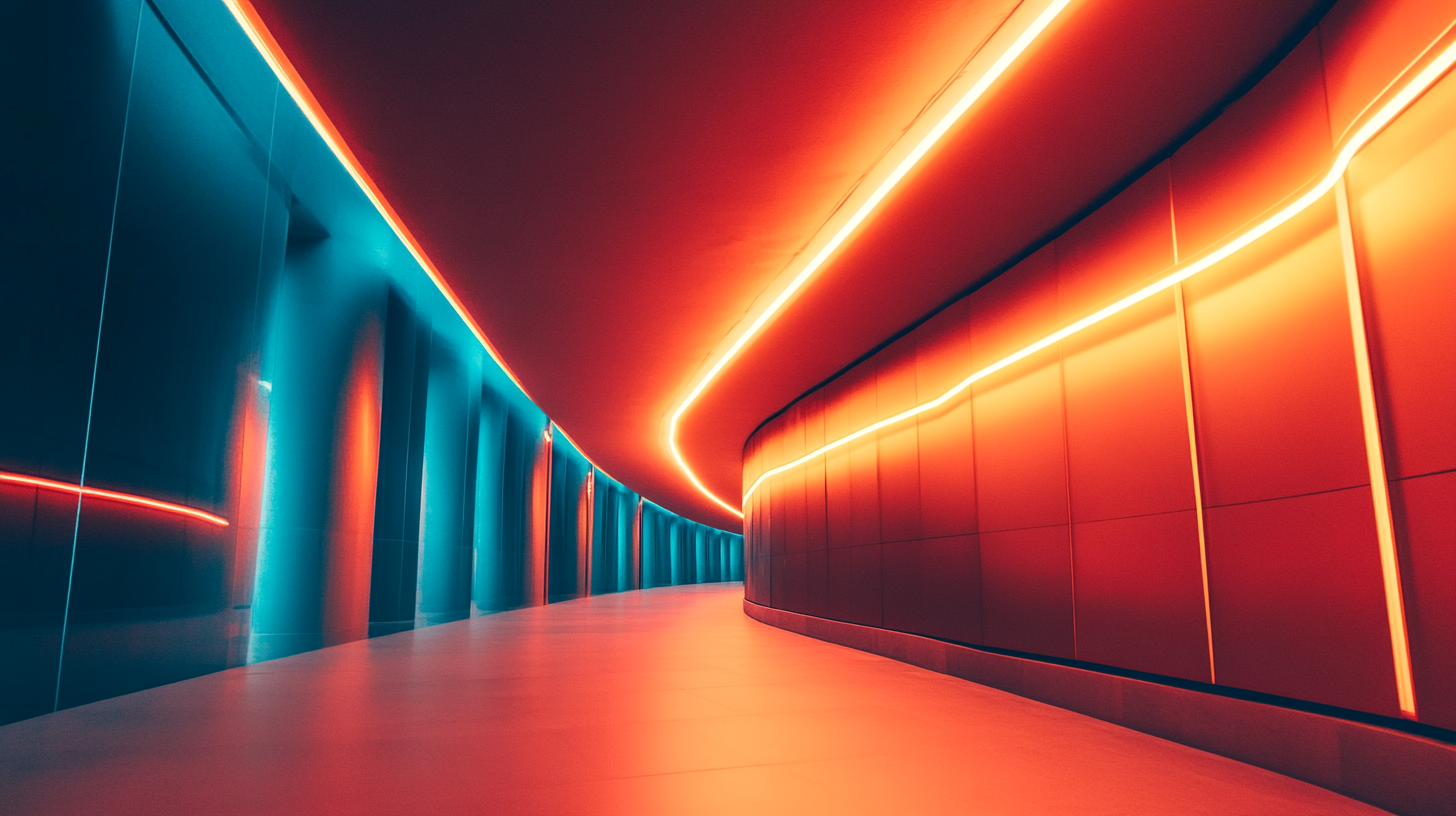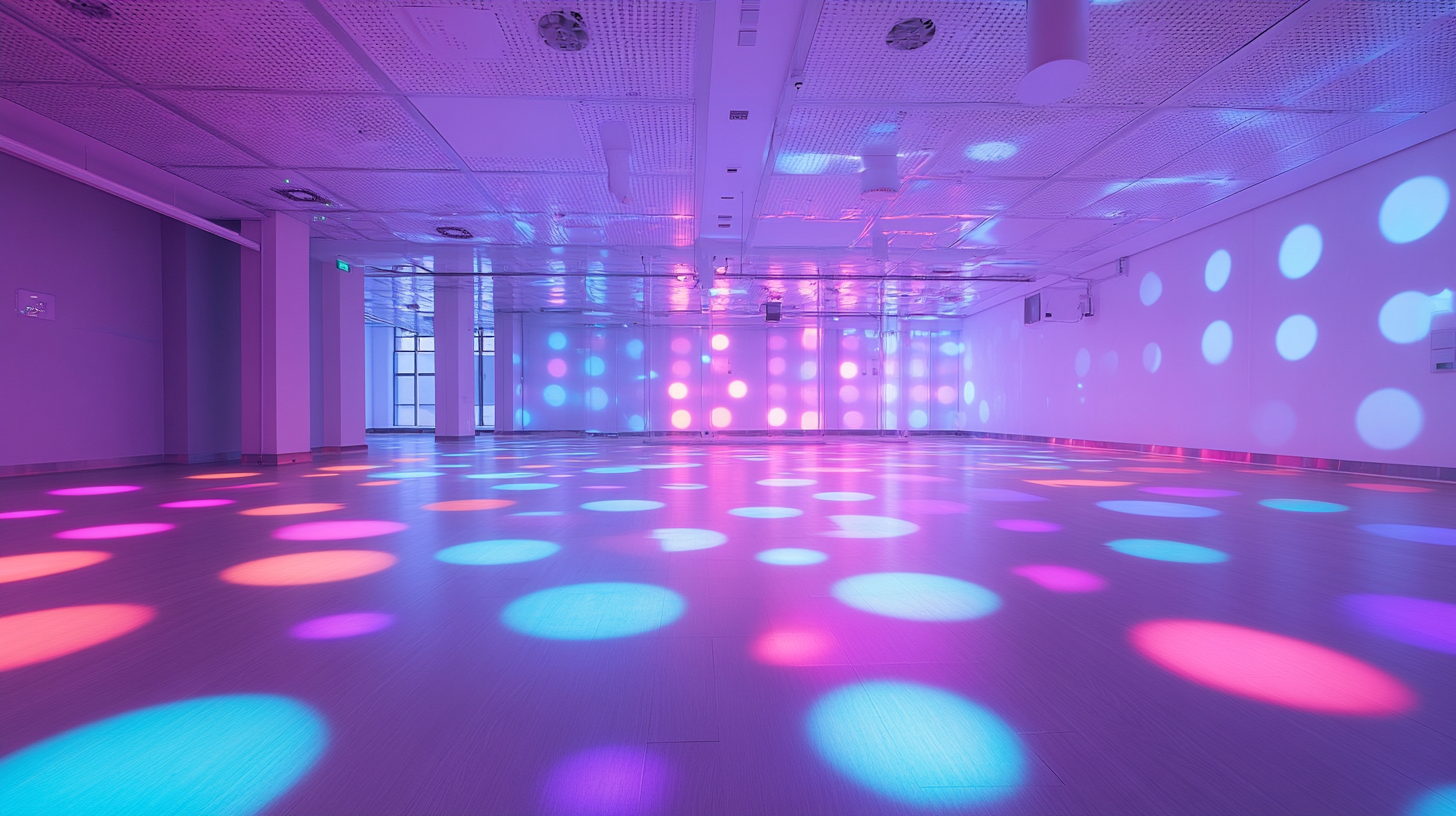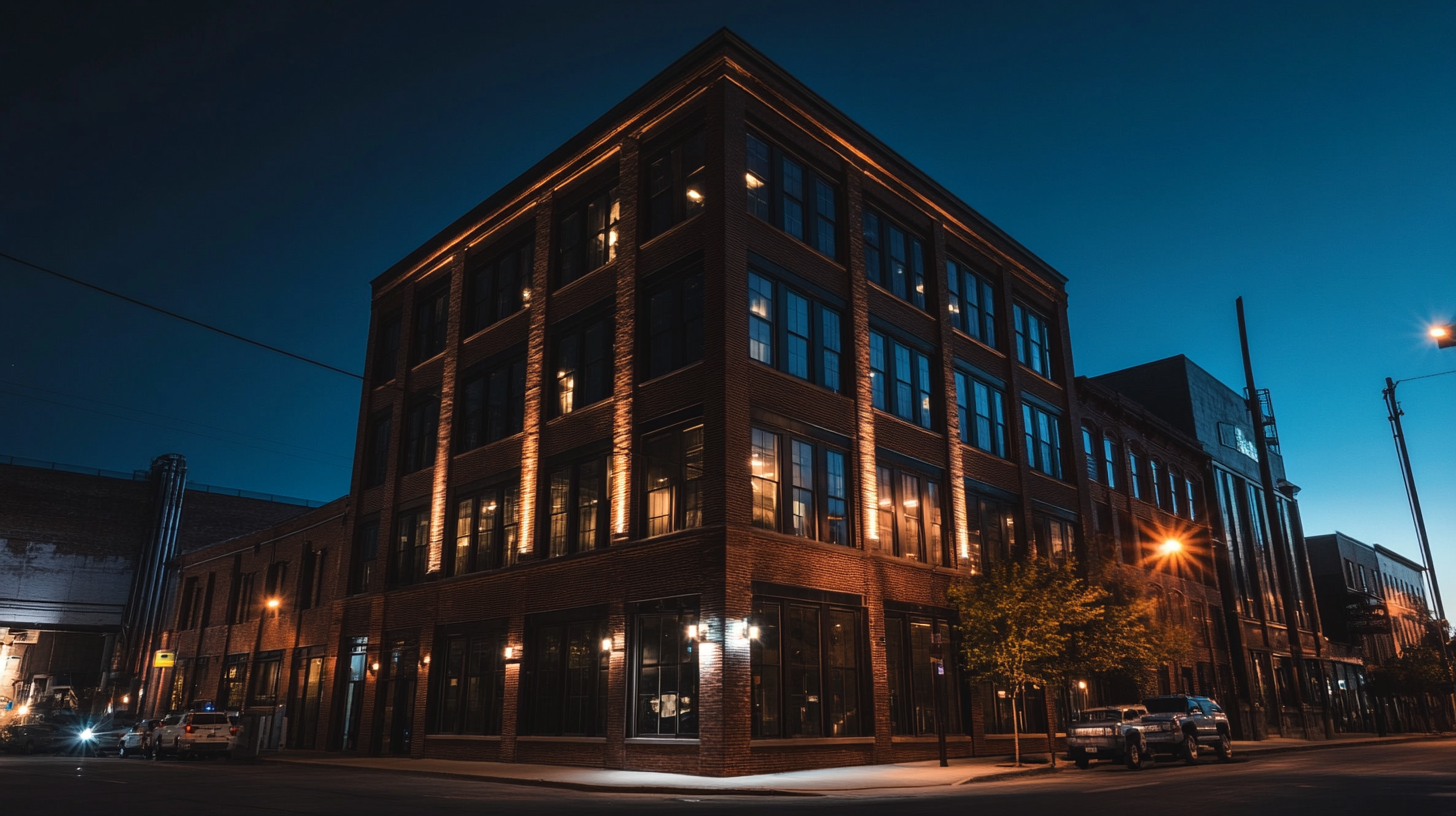Essential Tips for Sourcing High-Quality Manufacturers of Commercial Building Lighting Solutions
In today’s rapidly evolving commercial landscape, the importance of appropriate lighting in buildings cannot be overstated. Commercial Building Lighting plays a crucial role not only in enhancing the aesthetic appeal of spaces but also in fostering productivity and comfort for occupants. As businesses strive to create environments that are both functional and visually pleasing, sourcing high-quality manufacturers for lighting solutions becomes a paramount consideration. This blog aims to provide essential tips for navigating the complex market of commercial lighting manufacturers, ensuring that businesses make informed decisions that align with their specific needs and objectives.
Selecting the right manufacturer for Commercial Building Lighting solutions is a critical investment that can significantly impact energy efficiency, maintenance costs, and overall satisfaction with the illumination system. However, with the plethora of options available, it can be overwhelming for decision-makers to identify the right suppliers who can deliver quality products and reliable services. This blog will explore key strategies for evaluating potential manufacturers, including assessing product quality, comparing pricing structures, and understanding the importance of sustainability practices in lighting production. By following these essential tips, stakeholders can forge partnerships with reputable manufacturers that contribute to the long-term success of their commercial properties.

Understanding Your Lighting Needs for Commercial Spaces
When sourcing high-quality manufacturers for commercial building lighting solutions, it is crucial to first understand your specific lighting needs. According to a report from the U.S. Department of Energy, commercial buildings account for about 19% of total energy use in the nation, a substantial portion of which can be attributed to lighting. Hence, defining the purposes of your lighting—whether for aesthetic appeal, energy efficiency, or task-specific needs—will significantly influence your selection process. The type of commercial space plays a pivotal role in determining lighting requirements. For example, retail spaces demand vibrant lighting that enhances product visibility and customer experience, while office environments often require adjustable lighting solutions that support various work functions. The Illuminating Engineering Society (IES) recommends using a combination of ambient, task, and accent lighting to create a balanced environment that meets both practical and aesthetic criteria. Furthermore, considering energy efficiency is paramount. The adoption of LED technology has gained traction, with studies indicating that LED lighting can save up to 75% in energy consumption compared to traditional incandescent bulbs. When engaging potential manufacturers, inquire about their commitment to sustainable practices and whether their products comply with energy efficiency standards such as ENERGY STAR certification. This not only helps in reducing operational costs but also contributes to a more sustainable business model in the long run.

Key Qualities to Look for in High-Quality Manufacturers
When sourcing high-quality manufacturers for commercial building lighting solutions, it is crucial to focus on several key qualities that can indicate a manufacturer's reliability and capability. First and foremost, assess their experience in the industry. Manufacturers with a proven track record in the commercial lighting sector are more likely to understand the specific requirements and standards needed for various environments, ensuring that their products are both durable and efficient.
In addition to experience, prioritize manufacturers that offer innovative solutions. The lighting industry is rapidly evolving with advancements in technology, such as energy-efficient LEDs and smart lighting systems. Manufacturers who stay abreast of these trends and integrate them into their offerings demonstrate a commitment to providing cutting-edge products that can meet the growing demands for sustainability and functionality in commercial spaces.
Finally, customer service and support should not be overlooked. High-quality manufacturers provide comprehensive support throughout the entire project lifecycle, from initial consultations to post-installation service. Effective communication and willingness to collaborate can significantly enhance the overall experience, ensuring that the lighting solutions not only meet but exceed client expectations. By focusing on these key qualities, businesses can secure a partnership with manufacturers that will lead to successful lighting projects that enhance both aesthetics and efficiency in commercial buildings.

Researching and Evaluating Potential Suppliers
When sourcing high-quality manufacturers for commercial building lighting solutions, a thorough evaluation of potential suppliers is essential. The B2B buying process has significantly evolved, with a McKinsey report indicating that decision-makers are increasingly relying on data and self-service options. This shift underscores the necessity of leveraging digital tools to gather insights about suppliers before making commitments. Transparency in supply chains not only enhances trust but also mitigates risks associated with fraud, as highlighted by industry experts suggesting 10 tips to vet potential vendors.
One of the key aspects of evaluating suppliers is understanding their financial stability and reputation in the industry. Recent analyses reveal that strong suppliers commonly exhibit consistent revenue growth and client retention. Prospective buyers should look for verified customer testimonials and third-party evaluations to gauge a manufacturer's reliability. The current market environment emphasizes the importance of having trustworthy partners; as the B2B Pulse Survey shows, successful companies in the sector have prioritized developing ongoing relationships with high-performing suppliers.
Additionally, researching government contracts has become vital in understanding a supplier’s compliance and ethical standards. With increasing scrutiny around procurement processes—especially following controversies tied to COVID-19 spending—buyers must ensure that their future partners adhere to principles of integrity and transparency. In a landscape fraught with challenges, comprehensive research and diligent evaluation can set the groundwork for fruitful partnerships in the commercial lighting market.

Establishing Strong Communication with Manufacturers
Establishing strong communication with manufacturers of commercial building lighting solutions is vital for achieving successful partnerships and high-quality results. In today’s ever-changing supply chain landscape, fostering collaboration is key to resilience. According to a recent report by McKinsey, companies that engage in effective supply chain collaboration can reduce costs by up to 15% and improve service levels significantly. By prioritizing open lines of communication, manufacturers can better understand their clients' needs, collaborate on innovative solutions, and mitigate risks associated with supply chain disruptions.
Transparency also plays a crucial role in building trust and rapport with manufacturers. Research by Deloitte highlights that organizations with strong transparency practices report 20% higher employee engagement and satisfaction rates. For procurement professionals in the commercial building lighting sector, sharing insights on project timelines, expectations, and potential challenges can lead to more productive discussions and a shared vision for the product's development.
Moreover, engaging with manufacturers as true partners can unlock cost efficiencies and enhance product development outcomes. A survey from the Institute for Supply Management found that organizations that cultivate strategic supplier partnerships are 30% more likely to achieve their operational goals. By implementing regular check-ins and feedback loops, lighting solution providers can create a collaborative environment that fosters innovation, ultimately leading to better products and services that meet the evolving demands of the market.
Navigating Certifications and Standards in Lighting Solutions
When sourcing high-quality manufacturers for commercial building lighting solutions, navigating the maze of certifications and standards is crucial. The lighting industry is governed by a variety of regulatory frameworks and standards, among which the International Electrotechnical Commission (IEC) and the Illuminating Engineering Society (IES) standards are paramount. These certifications not only ensure safety and performance but also reflect energy efficiency, which is increasingly important in today’s energy-conscious market.
According to a report by the U.S. Department of Energy, commercial buildings can consume up to 35% of their total energy use on lighting alone. As such, manufacturers that adhere to standards such as the Energy Star® certification show a commitment to energy-efficient lighting solutions. Moreover, the ASHRAE 90.1 standard provides guidelines that can help optimize the performance of lighting designs, which is vital for long-term sustainability and reduced operational costs.
Furthermore, it’s essential to consider compliance with the UL (Underwriters Laboratories) safety standards, which guarantee that the lighting products not only meet performance expectations but also prioritize user safety. In this highly competitive landscape, manufacturers who proactively maintain these certifications not only enhance their credibility but also offer a competitive edge over others who may not prioritize such essential industry benchmarks.
Understanding these certifications and standards allows businesses to make informed decisions, ultimately leading to selecting manufacturers that can provide reliable, efficient, and compliant lighting solutions for their commercial projects.

